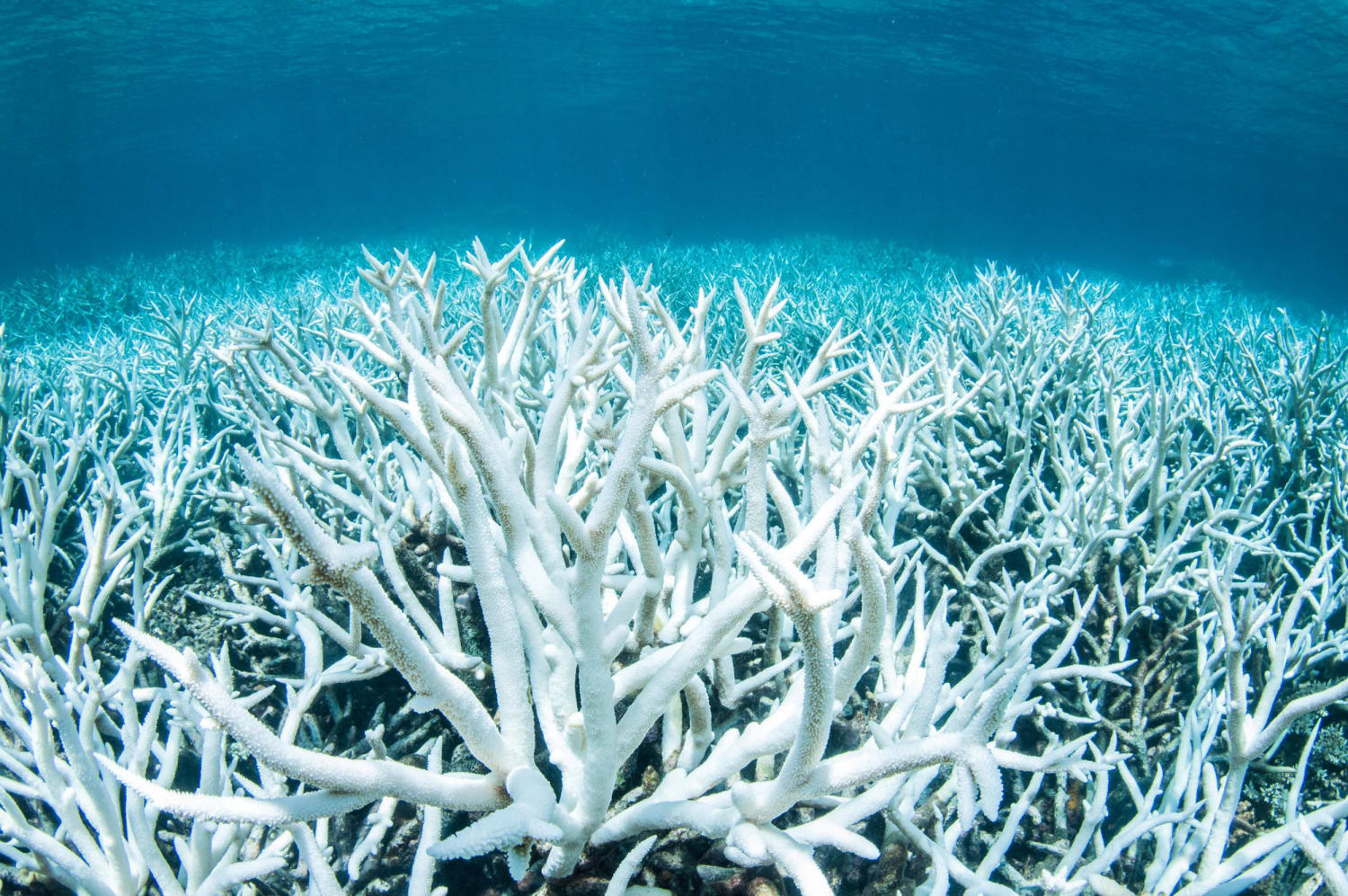Welcome to my second entry in my civic issues blog series! This blog entry will discuss the Amazon Rainforest, the threats it is faced with, its importance, and what I think should be done to ensure the survival of the Amazon, one of the most biodiverse locations on Earth.
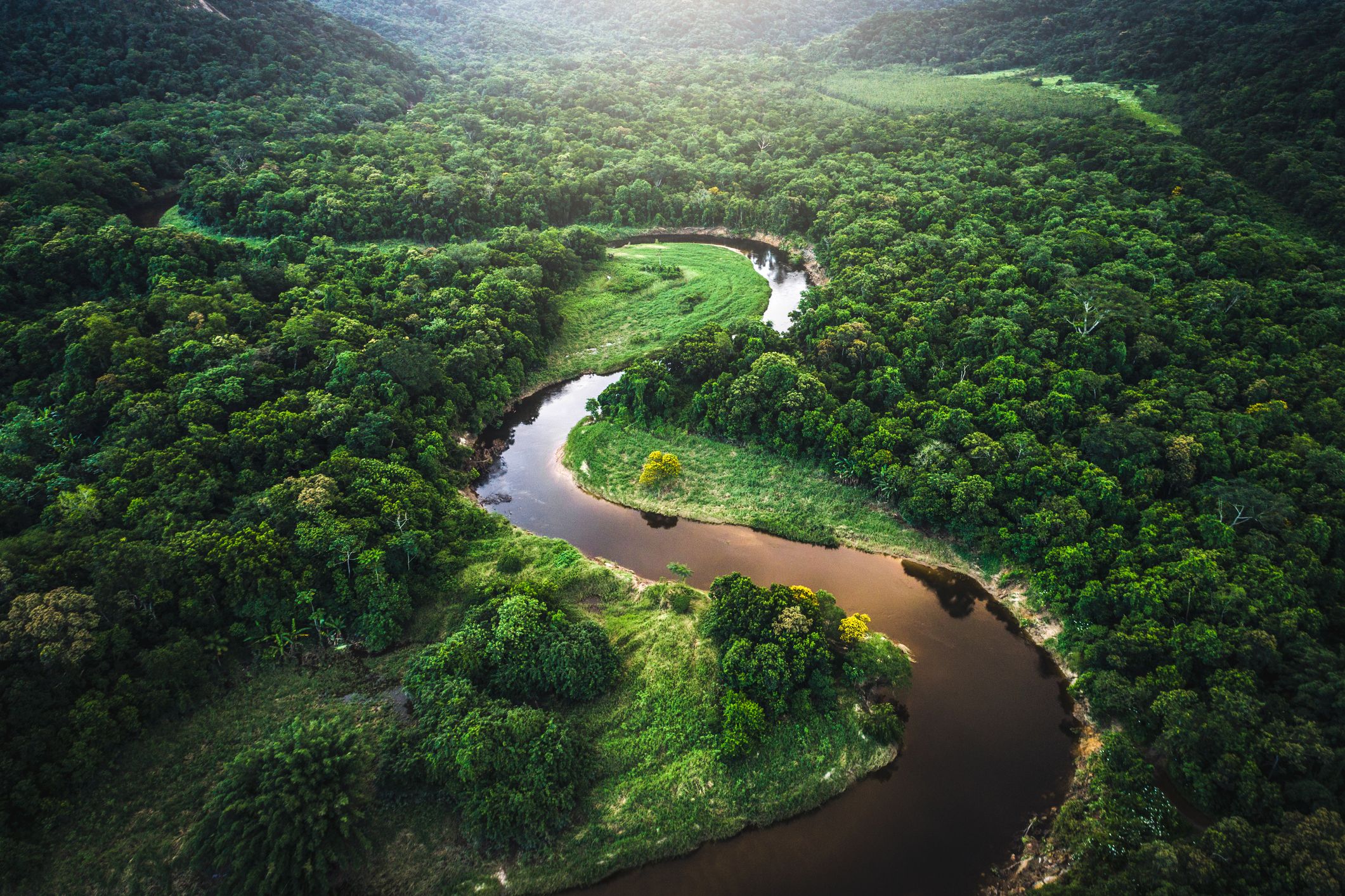
The mighty Amazon river winding through the dense rainforest.
What is the Amazon Rainforest?
The Amazon Rainforest, or Amazon for short, is a huge area that takes up nearly 40% of the entire continent of South America and is twice as big as the country of India. Incredibly, about 1/10 of the entire planet’s species can be found in the Amazon, which makes up more than half
of all of the world’s rainforests. [1] To further understand the Amazon’s mammoth size, if all of the rivers in the Amazon were placed in a straight line, they would stretch all the way from State College, PA and across the Atlantic to Berlin, Germany (over 4,100 miles).

Map of the Amazon.
Why is the Amazon important?

Among the many endangered residents of the Amazon.
Firstly, and most obviously, the Amazon rainforest is a crucial ecosystem to millions of diverse organisms, ranging from the smallest bullet ant to the largest jaguars. Home to over 3 million species (1/10 of all species worldwide), the Amazon rainforest is perhaps the single most important ecosystem on the planet. Among its residents are the jaguar, golden lion tamarin, pink dolphin, three-toed sloth, and Hyacinth macaw – all of which are classified as endangered [2]. If the Amazon rainforest continues to decline, these beautiful species will be left without an adequate habitat, and will face immediate extinction.

Precipitation caused by the transpiration of the dense Amazonian overgrowth.
One lesser known benefit of the Amazon comes from its precipitation. Through transpiration, the loss of water vapor from plants, “the Amazon rainforest is responsible for creating 50-75 percent of its own precipitation” [3]. This precipitation in turn moves into neighboring areas, helping develop crops and providing local towns with a clean drinking source. In total, these areas that are affected by the Amazon-created precipitation (hence the word rainforest) contribute to “70 percent of South America’s GDP” [3]. Some scientists even think the Amazon contributes to the rain patterns of the western United States, providing valuable rainfall for crops.
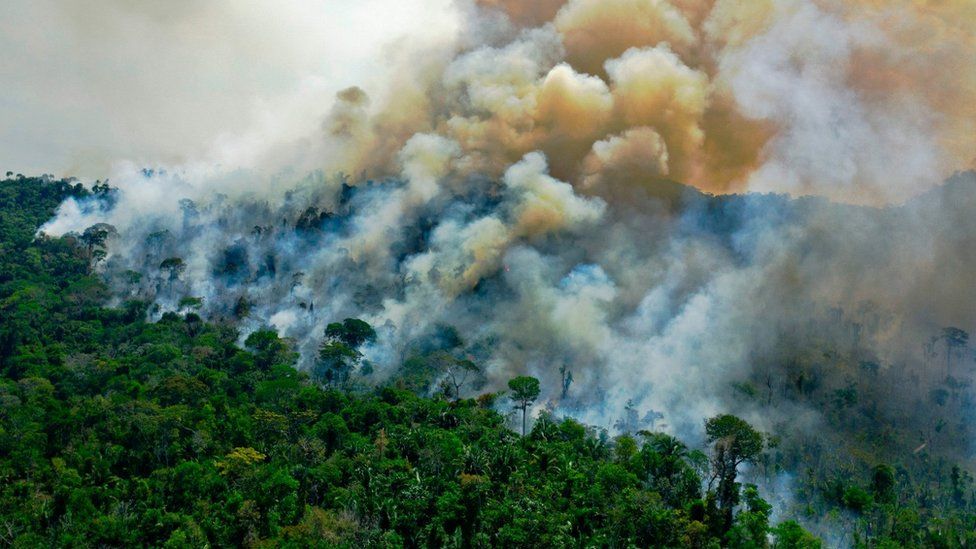
Amazonian fires lead to massive carbon emissions.
Thirdly, the Amazon is what is known as a carbon sink. In fact, about “a total of 76 billion tonnes of carbon [are] stored in the Amazon rainforest” [4]. Why is this important? Once again, we circle back to the ever popular topic of climate change and global warming. Carbon emissions are known to slowly heat the planet, adding to the already emerging problem of global warming. The Amazon is thus a natural defense against the speed of global warming. By absorbing huge amounts of carbon from the atmosphere, the rainforest is able to reduce the effects of carbon emissions and thus slow down climate change. However, when trees in the Amazon die, whether it be due to fires or deforestation, they release their absorbed CO2 back into the atmosphere. So, if the Amazon isn’t conserved and is destroyed, billions of tons of carbon dioxide will be released into the atmosphere, accelerating the already in motion danger of global warming.
Why are rainforests in danger?

Illegal gold mining in the Amazon.
Shocker – the biggest danger to the Amazon is due to us humans. As we have previously discussed, the Amazon rainforest is a crucial ecosystem that houses millions of precious species – but it also houses precious minerals. Among these minerals are gold, oil, and timber (obviously). Although conservation methods are in place, such as restrictions on land usage and laws that make certain harvesting acts illegal, these restrictions are very poorly enforced. Thus, many greedy businesses continue to clear fields of rainforest for timber and engage in unhealthy mining practices that leave many areas polluted and destroyed. The destruction of the Amazonian habitat through deforestation and pollution poses a huge risk to the area as a whole, as well as the millions of creatures that call it their home.
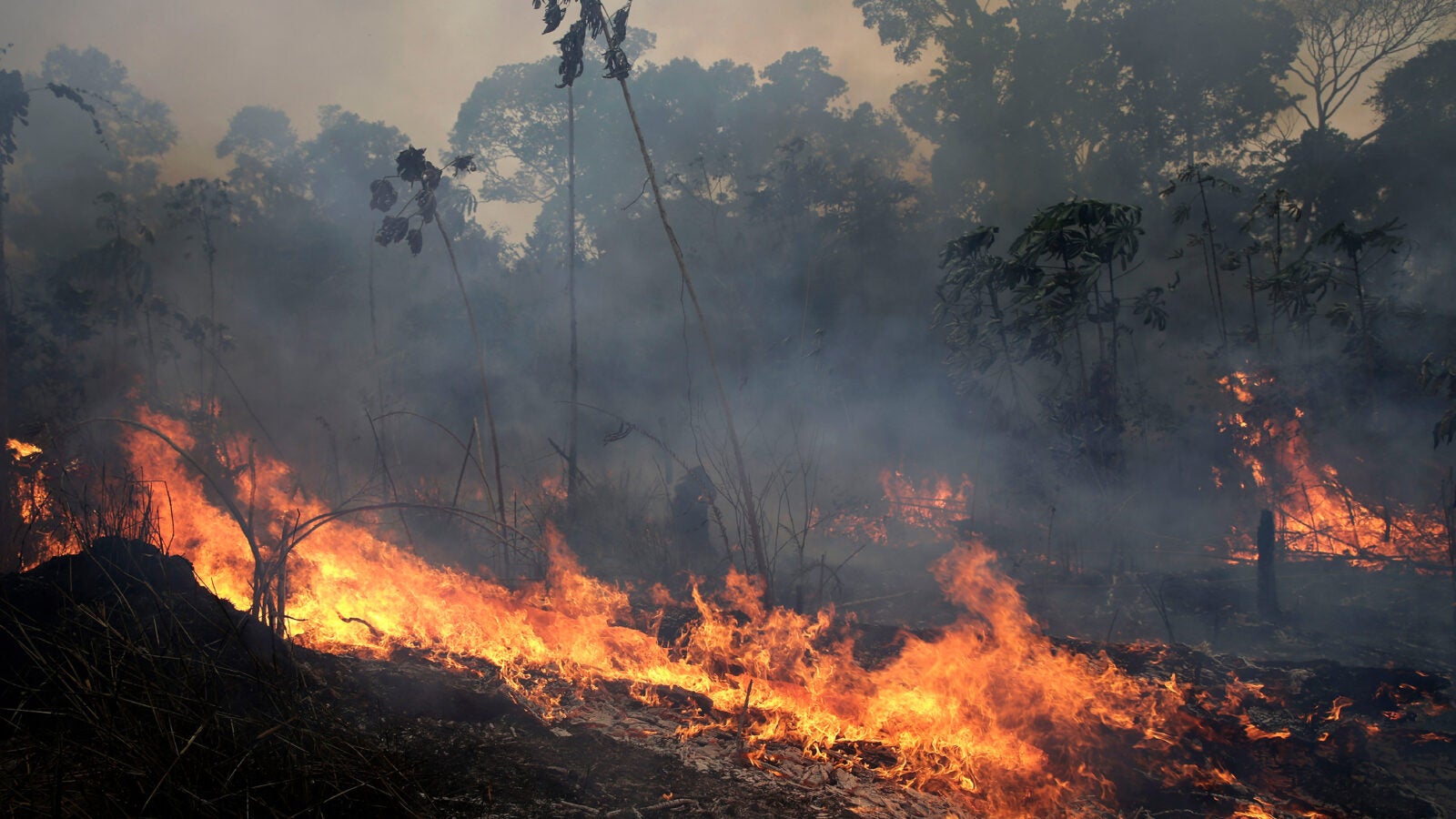
A devastating fire ravaging the Amazon rainforest.
In addition to direct human destruction, the Amazon is also at risk to – you guessed it – climate change. We previously learned that rainforests are huge combatants to changing temperatures, but they are also at risk to the very thing they sought to destroy. As temperatures rise, rainforests are left dryer than ever, leading to huge widespread forest fires. When these fires ravage large areas, the killed trees release carbon dioxide, making global warming even worse, and causing even more forest fires. This terrifying cycle is difficult to slow down, as each forest fire increases the likelihood of another fiery event.
What are current measures in place to help save the Amazon?
As with most ecosystems, there are various protection plans in place to help prevent the destruction of various landscapes. This holds true for the Amazon, where millions of acres of forest are preserved by various organizations. Additionally, various organizations are working with local communities to help create sustainable farming practices in an effort to minimize pollution and habitat destruction. Also, satellite imagery is often used to monitor the status of the area as a whole in order to minimize forest fires and deforestation in heavily isolated areas.
What do I think we need to do to ensure the safety of the Amazon?
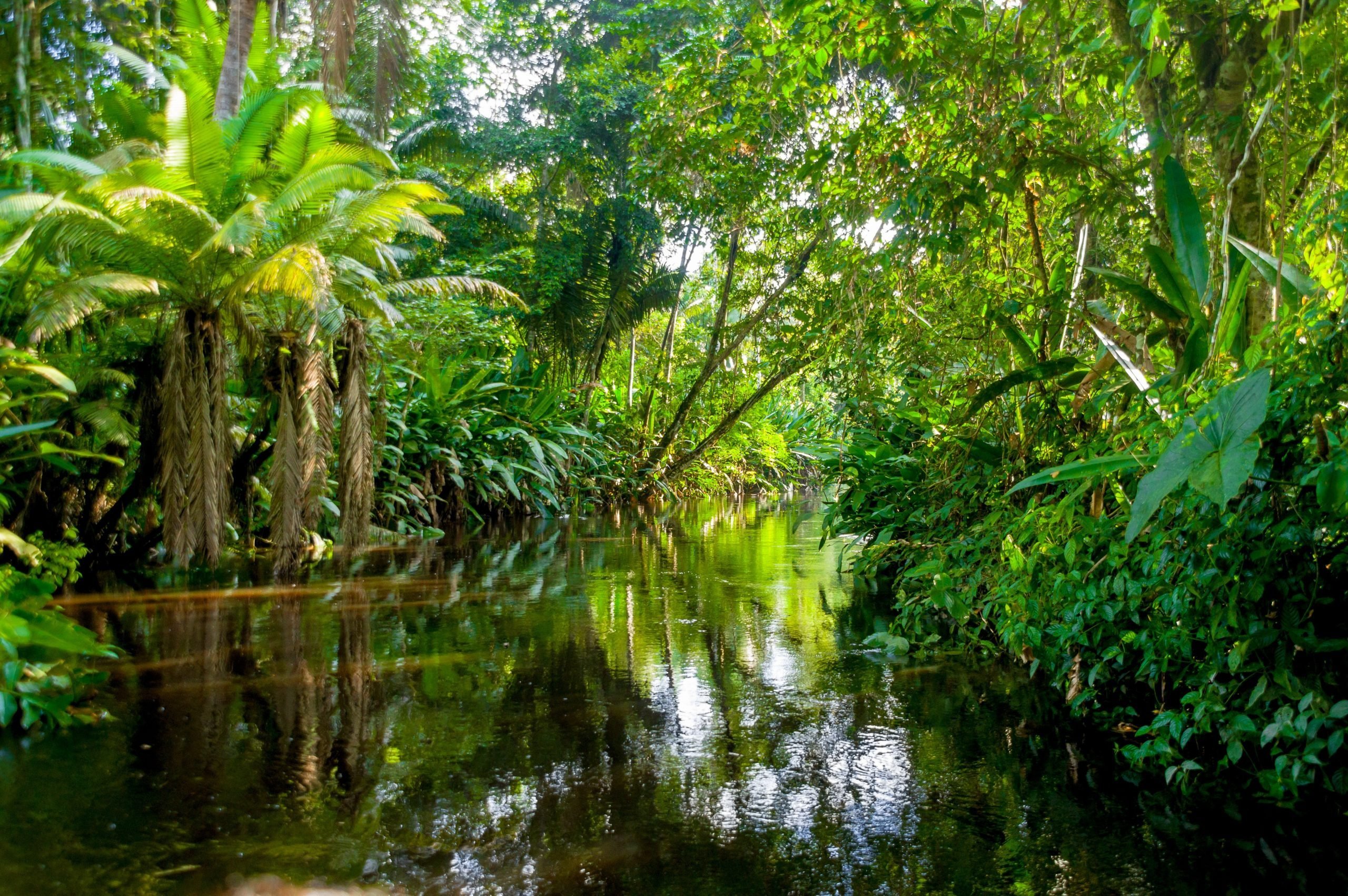
The lush vegetation of the Amazon rainforest.
This is a tough question. The issue of preserving the Amazon is so large in magnitude that it is quite difficult to come up with a successful solution. However, I think the major issue with preserving the Amazon comes with the inability for local governments and South American national governments to enforce various preservation policies. With such feeble attempts to control various laws, local business are able to essentially do whatever practices they want, regardless of their impact on the environment. Thus, any conservation efforts are nullified and made useless if they aren’t enforced. Unfortunately, this problem is a huge underlying issue within the governments of various South American countries, which are still considered to be developing. Therefore, personally, I think that if rainforests are to be saved, we must first deal with fixing governmental issues in order to guarantee the enforcement of protection laws. Without doing this, rainforests will continue to be harvested for their resources, and those who reap their benefits will never be held accountable for their actions.
Amazon Protection Agencies:
Works Cited:
- https://www.worldwildlife.org/places/amazon
- https://www.palotoaamazontravel.com/10-endangered-species-of-amazon-rainforest-wildlife/
- https://rainforests.mongabay.com/amazon/amazon_importance.htm
- https://www.sciencedaily.com/releases/2019/11/191118100834.htm#:~:text=According%20to%20one%20result%20provided,stored%20in%20the%20Amazon%20rainforest.&text=Overall%2C%20the%20rainforest%20still%20constitutes,600%20million%20tonnes%20per%20year.
- https://www.bbc.com/news/science-environment-51464694#:~:text=Up%20to%20one%20fifth%20of,carbon%20dioxide%20in%20the%20atmosphere.






